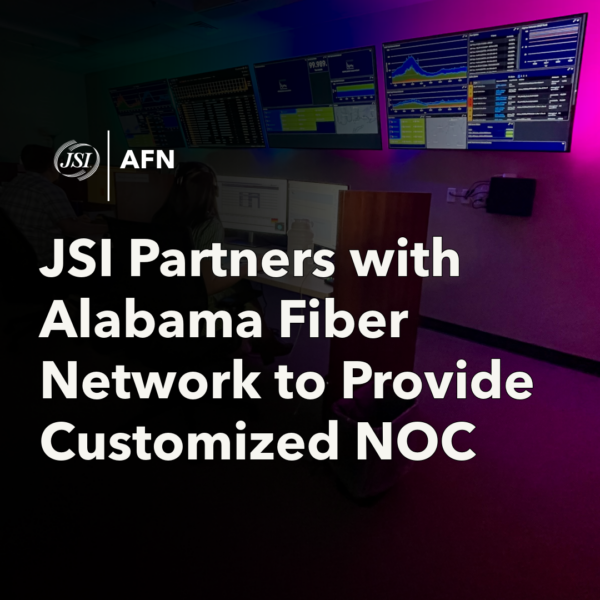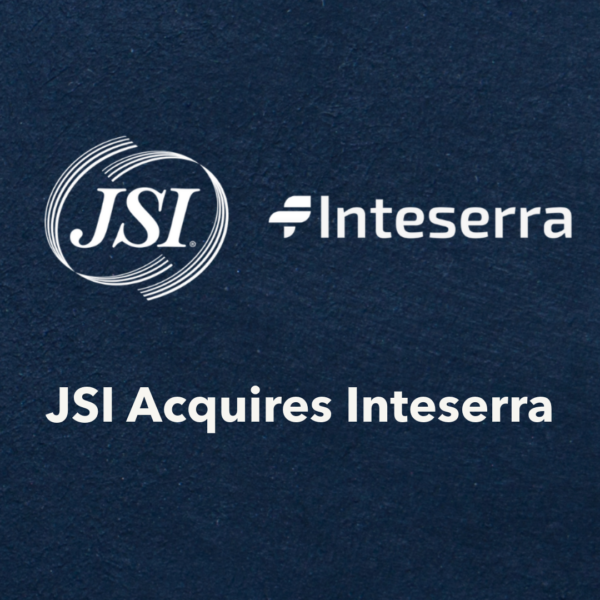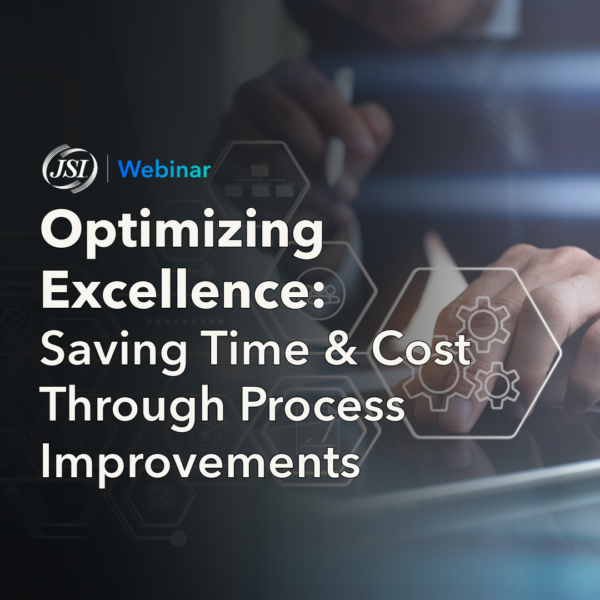
New Pricing Benchmarks for Recipients of USF Effective Feb. 1, 2024

New Pricing Benchmarks for Recipients of USF Effective Feb. 1, 2024
All eligible telecommunications carriers (ETCs), which include those receiving ACAM I, ACAM II, CAF-BLS, Enhanced A-CAM, Alaska Plan, CAF II Auction, and RDOF universal service support (USF), must comply with voice and broadband rate comparability benchmarks established annually by the Federal Communications Commission (FCC). On December 15, 2023, the FCC released an Initial Public Notice announcing the voice and broadband benchmarks that will apply throughout calendar year 2024. Subsequently, the FCC released a Second Public Notice revising the benchmarks and notifying ETCs that they will have until February 1, 2024, to make sure that they comply with the benchmarks for the remainder of the year.
Voice Benchmark
For 2024, ETCs must ensure that the monthly rates they charge for basic residential voice service are below the voice benchmark set forth in the Initial Public Notice which is $55.13. Accordingly, to ensure that your company complies with the voice benchmark for 2024, you will want to make sure that your company’s basic residential voice rate is below $55.13.
Broadband Benchmark
For 2024, ETCs must also ensure they have had at least one broadband plan that has a monthly charge below a defined upstream and downstream benchmark set forth in the Second Public Notice. The plan must be one that meets or exceeds the level of broadband speed the ETC must offer to meet buildout obligations for the type of USF support they receive.
For example, ETCs that have just transitioned to Enhanced A-CAM and thus have buildout obligations of 100/20 Mbps must ensure that they have at least one broadband plan that meets or exceeds 100/20 Mbps that is priced below the relevant speed combination specified in the table in the Second Public Notice. Similarly, CAF-BLS and ACAM II recipients must have at least one plan that is at least 25/3 Mbps or higher that is priced below the relevant benchmark. On the other hand, CAF II Auction or RDOF recipients whose obligations are for the gigabit tier are restricted to having only a gigabit plan that must be below the benchmark specified in the Second Public Notice. Note that if your company doesn’t have a broadband plan that matches the upstream and downstream speeds specified in the table in the Second Public Notice, you can access a tool that the FCC makes available on its website.
Timing
Clients should pay close attention to the fact that the FCC announces, typically in December, the updated benchmarks each year that apply for the following year. Accordingly, the benchmarks announced at the end of one year apply for the following calendar year. Companies then certify that they have complied with the benchmarks when they file their Form 481 the subsequent year. For example, in Form 481s, due by July 1, 2024, ETCs must certify that they complied with the voice and broadband benchmarks throughout calendar year 2023 which were established in the Dec. 2022 Public Notice.
As to potential consequences for those not able to certify, the FCC indicated that the agency would handle noncompliance on a case-by-case basis and that they would consider a “variety of factors,” such as whether the price is slightly above the relevant benchmark. The FCC did note, however, that reduction in support was a possible consequence and, given the February 1, 2024, deadline announced in the Second Public Notice, the FCC likely would not look favorably on ETCs that are not able to certify compliance with the benchmarks in the Form 481 filing due by July 1, 2025.
For assistance complying with the FCC’s pricing benchmark or any questions related to the FCC’s Public Notices, please contact Lans Chase, John Kuykendall, or Douglas Meredith.










